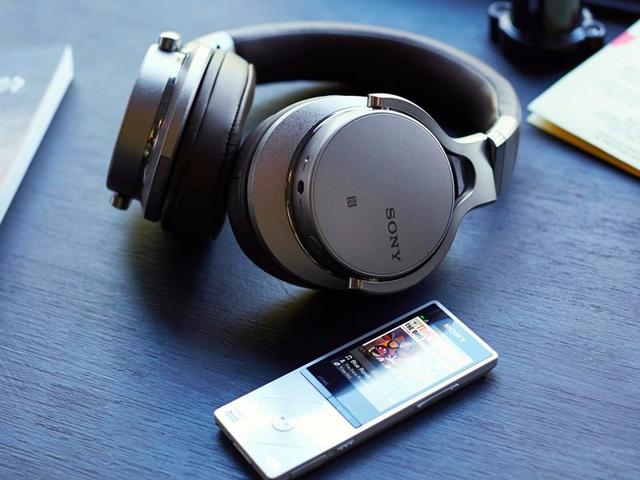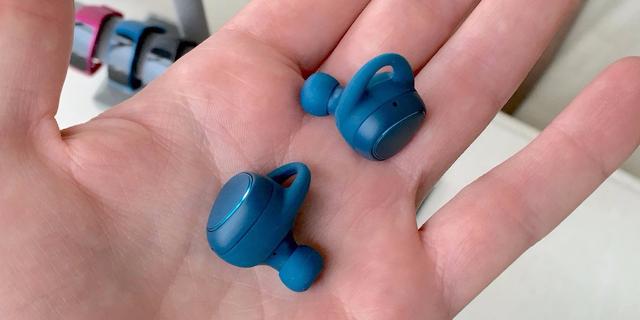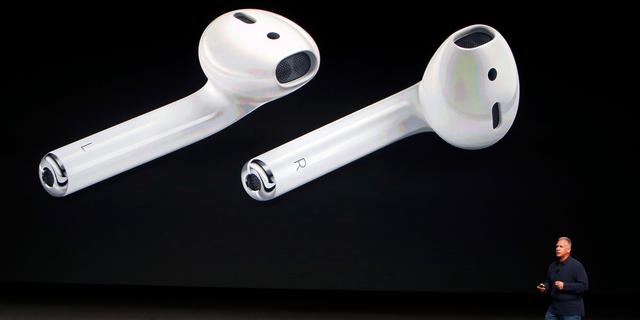
Tencent Digital (Jiahe) Bluetooth sound quality will greatly improve, a new generation of headphones is coming soon, Bluetooth will play a role in fueling. Mark Powell, executive director of the Bluetooth Special Interest Group (Bluetooth SIG), believes that the Bluetooth standard is ubiquitous. By the end of next year, it will bring all audio applications to the new era of low-power radios. This new standard is called BLE (Bluetooth low energy, Bluetooth low energy).
The Bluetooth SIG is an industry organization that oversees the development of Bluetooth and advances Bluetooth technology. The Bluetooth SIG has a large number of members, including hundreds of companies such as Microsoft, Intel, and Apple.

Low-power Bluetooth differs from the "classic" Bluetooth BR/EDR protocol. The standard we use today is Bluetooth BR/EDR. As early as 2010, low-power Bluetooth has been included in the Bluetooth 4.0 standard. Compared with traditional technologies, new technologies have lower energy consumption. With Bluetooth low energy technology, some devices (such as fitness trackers) need only a very low energy to send data to the source device. Only so far, the industry has not yet established clear streaming audio standards.
According to IHS Markit analyst, Lee Ratliff, the transition to low-power Bluetooth is already an open secret in the industry. SIG has to determine that the low-power Bluetooth audio streaming media standard will take at least 18 months and may be longer. .
Coming soon is Bluetooth 5.0, the WiFore CTO Nick Hunn, who helped develop the technology. He said that Bluetooth 5.0's low-power connectivity has quadrupled coverage and twice the speed. In the development process, researchers first set up a stage, and then add audio features on top of it. Bluetooth 5.0 will greatly benefit IoT devices.

What are the changes
For headsets and speakers, Bluetooth 5.0 will bring a few big improvements. Because Bluetooth low energy consumes less power, theoretically it can significantly improve battery life. In the blog, Huen said that with low-power Bluetooth technology, small headsets (such as the Apple AirPods) can last for days, not hours.
Powell believes that Bluetooth 5.0 has a much broader coverage and the same is true for audio. Users can stream streaming low energy Bluetooth audio to multiple devices at the same time. As a result, it will be easier to create an audio system that connects multiple rooms with Bluetooth. Compared with the Wi-Fi system, its sound quality is actually worse, but it is longer and more portable.
Although Powell said that the new standard is suitable for all audio devices, the biggest benefit is the wireless headset, such as AirPods.
With respect to Bluetooth, people often have two complaints: the battery life is too short and the connection is too cumbersome. The conversion of the high-energy Bluetooth Advanced Audio Transmission Model (A2DP) to low-power Bluetooth technology can solve these two problems. Low-power Bluetooth can transmit streaming media sounds to both headsets at the same time. This was not the case before. The old standard first transmitted audio signals to a headset and then looped through the other headset. The new method can improve the reliability of the connection.

Ear computer
Bluetooth 5.0 helps to promote the development of smart headsets. AirPods and Bragi Dash headsets have already conveyed the concept of smart headsets to people, but in the next few years, there will be a large number of devices on the market. They are not headphones. They are simply computers on the ears and they can play music on their own.
Existing smart headsets can already track fitness information and call digital assistants. Many audio companies are also developing new technologies that can translate foreign languages ​​in real time. Some techniques can reduce noise and turn off headphones based on certain keywords.
With these features, smart headsets can be the best partner for AR equipment. AR equipment can superimpose digital images on the real world. You can wear a computer on your face and you can wear a computer on your ear. The two work together. This concept is far from reality, but audio technology is moving toward the dream. Apple and other technology companies have laid their foundations and are ready for the future. Through sound processing tasks, this is the future. Technology companies need to provide streaming audio with efficient connections.
SIG hopes that Bluetooth low energy can help companies achieve their wishes. Hoon said: "We are trying to introduce new standards that will allow audio to continue to innovate for the next 10 years."

Technical challenges
Some people have doubts about auditory technology. They think that consumers may not accept it. There are several reasons for this.
The first is privacy concerns. Motherboard recently reported that tracking of users via Bluetooth beacons will become easier because of the emergence of low-power Bluetooth, and that marketers can directly use location information to send advertisements to users. SIG advocated that Bluetooth 5.0 will promote the further popularization of beacons.
You know, not all beacons are used for monitoring. They can also be used to track. If the world we live in uses hearing technology and beacons on a large scale, the location-tracking interference behavior will spread like a virus.
In addition, there are still great technical challenges to make Bluetooth low energy really practical. For example, Bluetooth's low energy consumption is mainly due to its short work cycle. Each time, Bluetooth only transmits a small amount of data and then turns off to save power. However, audio streaming data is continuous. It is technically difficult to maintain an efficient connection without making the connection “sleepâ€. Once the bandwidth is reduced, it will become difficult to improve the sound quality.
Jeff Hutchings, senior vice president of Skullcandy's products, believes: "Transfer streaming high quality audio through connectivity is a big challenge. You may need a longer work cycle, sacrifice some power. As far as I know, they This problem is being solved. Of course, if the modulation and anti-modulation technologies are on the upper floors and the coding and decoding are better, it is still possible to achieve this goal in the future."
Powell said that once new codecs and digital signal processors are available, the audio quality of low-power Bluetooth will become about the same as the existing audio quality. Powell also said that traditional Bluetooth streaming formats will continue to exist, and many audio devices will still be used in the future, especially those low-cost devices.

Apple takes the first step
Apple introduced a new wireless chip W1. With the W1, Apple and Beats headsets can be quickly paired with Apple devices, that is, they can be paired through a special, minimalist interface, and can also be connected to multiple Apple devices simultaneously via iCloud. With low-power Bluetooth audio technology, other companies can also imitate Apple.
The iCloud feature is Apple-specific, and Powell and Hoon suspect that Apple is using a low-power Bluetooth core and custom codec technology to make pairing smoother. Powell said that the SIG is developing new technologies that allow the open low-power Bluetooth standard to support similar fast pairing and connectivity capabilities. This technology will emerge in the next year or two years.
Apple also claims that the W1 chip uses only one-third of the power of other wireless chips. It can extend battery life, but from the current situation, the improvement is not particularly large. why? It may be because AirPods and the new Beats headset still use the traditional Bluetooth format to transmit streaming audio, which is why they can also be used on other non-Apple devices. Bluetooth 5.0 requires the installation of new hardware.
The SIG's standard protocol has been criticized because of its slow launch speed. Apple has started early, but it has not parted ways with Bluetooth.
"Apple does not have to comply with all SIG policies. It develops exclusive standards instead of setting a standard for use by hundreds of companies." Ratliffe said, "Apple does not need super flexible protocols. These protocols can be used in all devices. On; it only requires a protocol to handle audio.â€
So far, W1 is just an Apple-specific chip, and Apple has not licensed technology to third parties.
In the near future, low-power Bluetooth audio will create a fairer arena, but its market conditions may also be the same as today's Lightning: businesses pay Apple to use Apple's solutions on their devices.
Powell and Hoon said that the upcoming Bluetooth upgrade is just an extension of the original work. The industry has already used this technology to transmit low-power Bluetooth audio to hearing aids. Apple may have developed its own patented technology with new Bluetooth technology, and then Authorized to other companies.

Bluetooth is always better in years
In the recent upgrade process, SIG is paying more and more attention to low-power Bluetooth technology. Over the years, the hearing technology market has become more and more prosperous, and Apple is good at vertical integration. It is advancing faster than standard organizations. In any case, SIG hopes that Bluetooth 5.0 will create a platform that will derive numerous new headsets. Can Bluetooth 5.0 solve some notorious problems? Let us continue to look forward to it.
Source: businessinsider